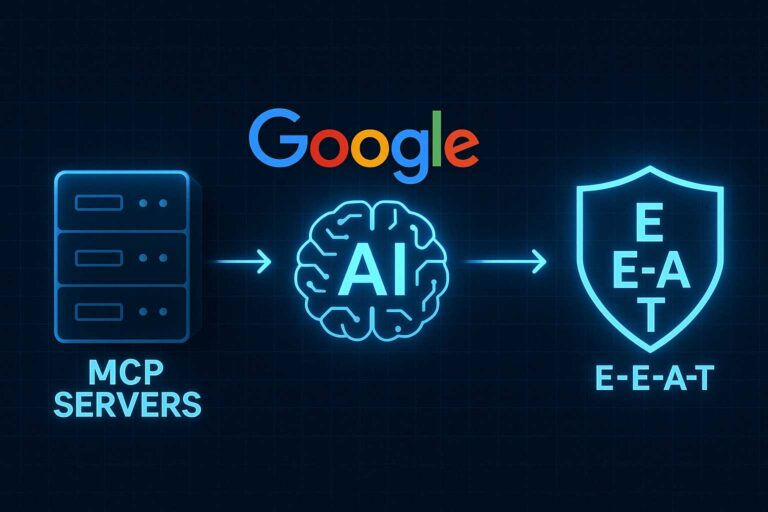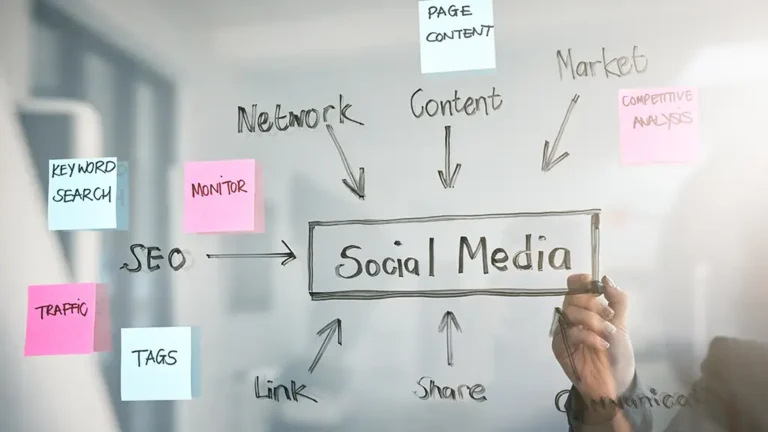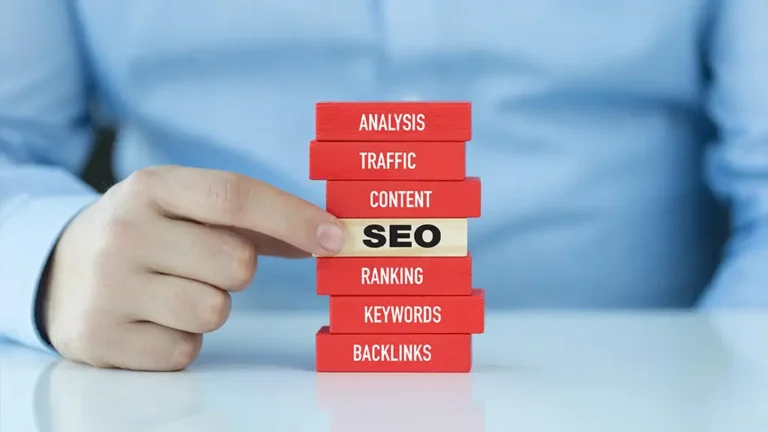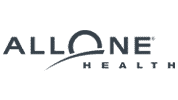Why Core Web Vitals Still Matter for Your Website’s SEO in 2025
Core Web Vitals are a set of user experience metrics introduced by Google to evaluate website performance and its impact on users. These metrics—Largest Contentful Paint (LCP), First Input Delay (FID), and Cumulative Layout Shift (CLS)—measure loading speed, interactivity, and visual stability, respectively. Since their introduction, they have become a critical factor in determining search engine rankings, reflecting Google’s emphasis on delivering the best possible user experience.
In 2025, Core Web Vitals remain as relevant as ever. With user expectations for fast, seamless, and engaging web experiences continuing to rise, websites that fail to meet these standards risk losing both rankings and traffic. Google’s algorithm rewards sites that excel in Core Web Vitals, making them a foundational element of any effective SEO strategy.
Understanding and optimizing Core Web Vitals is not just about appeasing search engines—it’s about improving the overall experience for your users. Whether you’re running an e-commerce store, a blog, or a service-based website, addressing these performance metrics can lead to better engagement, higher conversion rates, and stronger brand loyalty. Working with the best SEO agency can ensure your site not only meets but exceeds these performance benchmarks, positioning your business for long-term success.
The Key Metrics of Core Web Vitals
To understand why Core Web Vitals matter, it’s essential to break down the three primary metrics Google uses to evaluate a site’s performance:
- Largest Contentful Paint (LCP): This measures the loading performance of your website, specifically the time it takes for the largest visible content (such as an image or a block of text) to fully load on a user’s screen. An ideal LCP score is 2.5 seconds or faster. Slow LCP can frustrate users and lead to higher bounce rates, especially on mobile devices where loading times are critical.
- First Input Delay (FID): This metric evaluates interactivity by measuring the time it takes for a webpage to respond to a user’s first interaction, such as clicking a button or entering text in a form. A good FID score is less than 100 milliseconds. Websites with complex JavaScript or heavy scripts often struggle with FID, which can create a poor user experience and reduce conversions.
- Cumulative Layout Shift (CLS): This measures visual stability by tracking how much the layout of a webpage shifts while loading. For instance, if text or images unexpectedly move as the page loads, it can disrupt the user experience. A good CLS score is less than 0.1. Websites with unstable layouts risk frustrating users, especially those trying to interact with clickable elements that shift out of place.
These metrics collectively ensure that a website not only loads quickly but also offers a smooth and stable experience. Optimizing all three Core Web Vitals is essential for maintaining strong SEO performance and providing a user-friendly site experience.
Why Core Web Vitals Are Still a Ranking Factor in 2025
Google has consistently prioritized user experience in its ranking algorithms, and Core Web Vitals are a direct reflection of this focus. While other factors like content quality and backlinks remain important, Core Web Vitals are unique in that they measure how users interact with a website, making them a critical part of modern SEO strategies.
In 2025, Core Web Vitals continue to play a key role in Google’s ranking algorithm because they directly impact user satisfaction. A site that loads quickly, responds instantly, and remains visually stable is more likely to keep visitors engaged, reducing bounce rates and encouraging longer session times. These signals tell Google that the site provides value, which boosts its ranking potential.
Additionally, as mobile browsing becomes the dominant way users access the web, the importance of Core Web Vitals has only grown. Mobile users are particularly sensitive to performance issues, with studies showing that a one-second delay in loading time can lead to a significant drop in conversions. By optimizing Core Web Vitals, businesses can ensure their sites perform well across devices, catering to the expectations of modern users.
For businesses looking to improve their rankings and user experience, focusing on Core Web Vitals is non-negotiable. Partnering with experts in the field, such as the best SEO agency, can provide the tools, insights, and technical expertise needed to tackle these metrics effectively.
The Role of Mobile Responsiveness
Mobile responsiveness has become a cornerstone of effective SEO, and its connection to Core Web Vitals in 2025 is stronger than ever. With mobile devices accounting for the majority of global web traffic, ensuring your site performs optimally on smaller screens is critical. Core Web Vitals, particularly metrics like Largest Contentful Paint (LCP) and Cumulative Layout Shift (CLS), are directly influenced by how well a site adapts to mobile users.
Google’s mobile-first indexing means that the mobile version of your website is the primary basis for how it is ranked in search results. If your site performs poorly on mobile devices—whether due to slow loading times, unstable layouts, or unresponsive buttons—it can significantly impact both user experience and search rankings. For instance, a local restaurant with a sluggish mobile site might lose potential customers searching for dining options nearby simply because their site fails to load quickly.
To improve mobile responsiveness and Core Web Vitals scores, businesses can implement strategies like optimizing images for smaller screens, using responsive design frameworks, and minimizing unnecessary scripts. Ensuring clickable elements like buttons are easy to tap and free from layout shifts is another critical step. By addressing these factors, businesses can create a seamless mobile experience that aligns with user expectations and search engine requirements.
Mobile optimization is no longer an optional feature—it’s a necessity for businesses aiming to succeed in today’s digital landscape. A site that performs well on mobile devices not only ranks higher but also provides a better overall user experience, driving engagement and conversions.
Speed Matters: The Relationship Between LCP and Bounce Rates
Loading speed has always been a critical factor in user experience, and in 2025, it remains one of the most influential aspects of website performance. The Largest Contentful Paint (LCP) metric, which measures the time it takes for the largest visible element on a page to load, directly affects how users perceive the speed of a site.
Slow-loading pages often lead to high bounce rates, as users are quick to abandon sites that don’t meet their expectations for speed. Research consistently shows that if a page takes longer than three seconds to load, the likelihood of users leaving increases dramatically. For an e-commerce business, this can result in lost sales and decreased revenue.
To optimize LCP, businesses should focus on key areas such as image optimization, server response times, and efficient content delivery networks (CDNs). Compressing large image files, using modern formats like WebP, and reducing render-blocking resources can significantly improve loading times. Additionally, choosing a reliable hosting provider and implementing caching strategies can further enhance LCP performance.
Beyond reducing bounce rates, faster loading times improve overall user satisfaction, encouraging visitors to explore more pages and engage with your site. This not only boosts your rankings in search engines but also strengthens your brand’s credibility.
Interactivity: FID’s Role in User Engagement
First Input Delay (FID) is another Core Web Vital that remains a critical metric in 2025, as it measures how quickly a website responds to user interactions. Whether a visitor is clicking a button, filling out a form, or navigating to another page, a delayed response can lead to frustration and disengagement.
For example, an online retailer with a slow checkout process may lose customers if the “Add to Cart” button takes too long to respond. These delays negatively impact the user experience and can result in lost conversions and lower search engine rankings.
To improve FID, businesses must focus on optimizing their site’s JavaScript. Heavy or poorly executed scripts can delay interactivity, so reducing JavaScript execution times and deferring unused scripts can significantly enhance performance. Tools like Google’s Lighthouse can help identify specific issues causing delays, providing actionable recommendations for improvement.
Another strategy for improving FID is leveraging browser caching and preloading key resources to ensure elements are ready to respond when users interact with them. For instance, preloading a product image or the next page in a checkout process can make transitions feel seamless.
By addressing FID, businesses can create faster, more responsive websites that not only enhance user satisfaction but also improve their overall SEO performance. A site that quickly responds to user actions fosters trust, encourages engagement, and supports higher rankings in search results.
Visual Stability: Why CLS Affects Conversions
Cumulative Layout Shift (CLS) is a critical Core Web Vital metric that evaluates how much a webpage’s visual layout shifts during loading. Unexpected movements, such as a button moving just as a user tries to click it or text shifting as an image loads, can be both frustrating and detrimental to user experience. In 2025, minimizing CLS remains a vital part of optimizing websites for both users and search engines.
Visual instability disrupts the user experience and can directly impact conversions. For instance, imagine an online shopper attempting to click “Add to Cart,” only to accidentally click a nearby link due to a layout shift. This type of frustration can lead to abandoned purchases and diminished trust in the site.
To reduce CLS, businesses should ensure that all media elements (like images, ads, and videos) have defined dimensions in the site’s code. This prevents the browser from recalculating the page layout as elements load. Avoiding dynamically injected content that pushes existing content down the page also helps maintain visual stability.
Implementing these strategies not only improves user satisfaction but also reduces bounce rates and increases the likelihood of conversions. Websites that are visually stable build trust and create a smoother browsing experience, which Google continues to reward with higher search rankings.
Tools for Measuring and Improving Core Web Vitals
Effective optimization of Core Web Vitals requires accurate measurement and actionable insights, both of which are made possible through various tools. In 2025, several platforms have become indispensable for diagnosing issues and tracking progress in improving Core Web Vitals.
Google’s PageSpeed Insights is a go-to tool for assessing individual pages. It provides detailed reports on LCP, FID, and CLS, offering specific recommendations to address performance bottlenecks. For example, it might suggest optimizing large images, reducing server response times, or deferring unused JavaScript.
Google Search Console offers a more comprehensive view, allowing businesses to monitor Core Web Vitals performance across their entire site. It flags pages that require improvement and categorizes them into “Good,” “Needs Improvement,” or “Poor” for each metric. This bird’s-eye view helps prioritize efforts on high-impact pages, such as landing pages or product listings.
Other tools, like Lighthouse and WebPageTest, provide advanced insights into page speed and interactivity. These platforms simulate real-world conditions, such as mobile connections, to ensure optimizations are effective for all users.
By leveraging these tools, businesses can identify and resolve performance issues efficiently. Regular monitoring ensures that Core Web Vitals remain optimized even as new content is added or site updates are implemented.
Real-World Benefits of Optimizing Core Web Vitals
The benefits of optimizing Core Web Vitals extend beyond improved search rankings. A website that excels in LCP, FID, and CLS fosters better user experiences, which directly translates to tangible business outcomes such as higher engagement, increased conversions, and enhanced customer loyalty.
Take, for example, an e-commerce brand that reduces its LCP to under two seconds. By improving loading times, the site experiences a lower bounce rate, resulting in more users completing purchases. Similarly, optimizing CLS ensures that critical actions like clicking “Buy Now” or filling out forms occur seamlessly, boosting overall conversion rates.
Businesses across industries have seen measurable gains from improving Core Web Vitals. A travel booking site, for instance, might observe increased session durations and higher bookings by ensuring that search results load quickly and remain visually stable. Similarly, a content-heavy site like a news outlet can attract more ad impressions by reducing delays and offering a smoother reading experience.
These real-world benefits highlight the importance of Core Web Vitals not only as a technical requirement but as a driver of business growth. The investment in optimizing these metrics pays off in stronger user engagement, better brand perception, and increased revenue.
Preparing for the Future of User Experience and SEO
As SEO continues to evolve, Core Web Vitals will remain a cornerstone of Google’s ranking algorithm. Their emphasis on user experience aligns with broader trends in digital marketing, where delivering value and satisfaction to users is paramount. Businesses that prioritize these metrics in 2025 will be better positioned to adapt to future algorithm updates and maintain their competitive edge.
To prepare for the future, businesses should adopt a proactive approach to website optimization. This includes regularly monitoring Core Web Vitals, implementing best practices for mobile-first design, and staying informed about emerging technologies like AI-driven performance tools. For instance, using machine learning to predict and address performance bottlenecks can give businesses a significant advantage.
Additionally, integrating Core Web Vitals optimization into broader digital strategies ensures long-term success. For example, pairing a fast and stable website with engaging content and targeted marketing campaigns creates a seamless customer journey that builds trust and drives conversions.
Partnering with experts, such as an SEO agency, can provide the technical expertise and strategic insights needed to excel in this area. By staying committed to delivering exceptional user experiences, businesses can thrive in a competitive digital landscape and meet the ever-evolving expectations of their audiences.

















